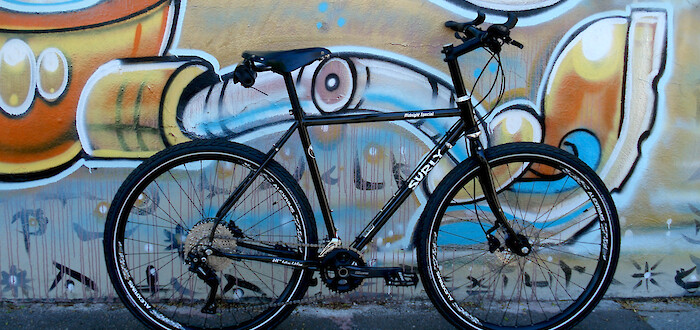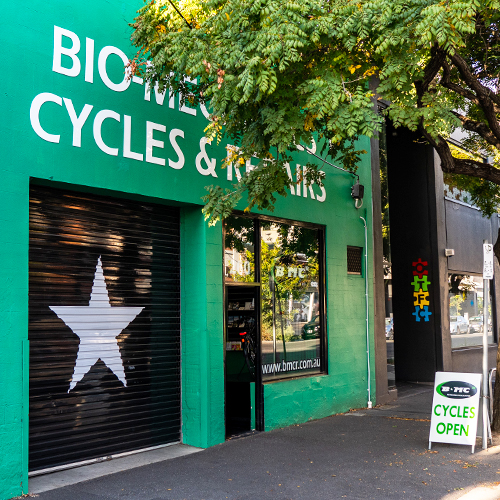Dude, Where's My Bike? [2022 UPDATED]


The story behind the great bike shortage
Have you been searching for a cheap hybrid commuter, or a mountain bike to smash the trails? Is your bike in bits and in limbo, waiting for a groupset (or single component) to arrive?
You are now experiencing THE BICYCLE APOCALYPSE.
But why is there a bike shortage in Australia? And is it over yet?
Let's go and discover how one virus brought a worldwide industry to its knees.
Thanks, COVID-19!
Since we published our original post back in May 2021, a few things have changed. Music festivals are still patchy. The boutique hand sanitiser market continues to be saturated. But borders are opening, some restrictions are easing, and there's a glimmer of light on the horizon that things may be very slowly, one day, returning to normal.
COVID-19, however, has other ideas.

How it started
When the COVID-19 lock-downs initially began in 2020, millions of people worldwide turned to cycling. After all, gyms were closed and team sports were cancelled. Riding a bike was the perfect way to get some exercise and fresh air.
Those relegated to working from home decided to go mountain biking instead of Zooming. Families bought entire fleets of bikes so they could escape the house (and, to some extent, each other).

The numbers confirmed it: global data showed a sudden upsweep in bike path and trail use, including a 200% increase in Adelaide, 270% in Melbourne, and an impressive 300% for Perth.
The result of this sudden surge in cycling? All over the world, sales of bikes and bike components went through the roof. Local bike shops opened their doors to find long, long lines of waiting customers. Workshops everywhere -- including ours -- saw an influx of rusty, neglected cycles that people had dragged out of their sheds (much to the surprise and annoyance of the spiders living inside the frames). In fact, there were so many old belters being brought out of retirement that we experienced the first-ever industry-wide shortage of 26" tyres and tubes.
(Note: as of early 2022, this shortage has now extended to 700c tubeless road tyres, too. Fun times for all!)
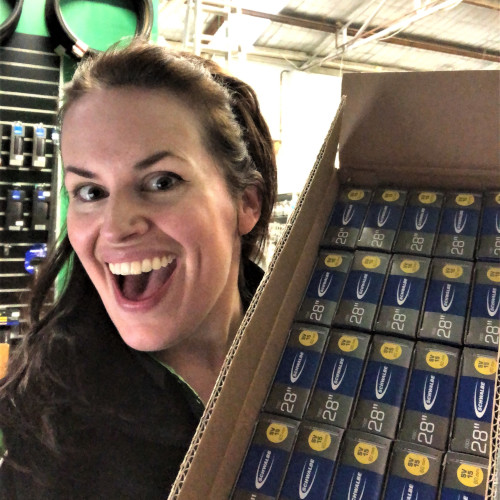
How it's going (or: why is it so hard to buy a bike right now?)
At first, there were rumours about shortages on kids' bikes or cheap hybrid models. Soon, however, the shortages started spreading to other categories -- mountain bikes, gravel bikes, road bikes, ebikes. People were taking anything they could get their hands on, even spending way over their original budgets, simply because they didn't have a choice.
Normally these sales numbers would be great news, but there was one huge problem: stores couldn't get more bikes to replace the ones sold. The demand for bikes was skyrocketing, but stores couldn't re-stock because there was simply nothing to buy. The issue was so bad that some shops had to employ security guards to protect staff from furious cycle-deprived consumers.
The stage was thusly set for 'The What Do You Mean You've Run Out Of Kids' Bikes?' Apocalypse

So what happened?
In short: COVID-19 hit the supply chain.
Although the first reaction would be, 'well, just hire more people and make more bikes,' it's unfortunately not that simple.
Let's look at the issues, one by one. Strap yourself in!
Problem One: Factories
Most of the world's bikes and bike parts are made in China and Taiwan. (Yes, even your Italian thoroughbred. Sorry.)
Pre-COVID, many component factories operated 24 hours a day, seven days a week, just to keep up with the traditional demand of the cycling industry.
As the virus took over in Asia, factories shut down to try and control the spread. During the first wave of lockdowns, however, most factories were shut for an average of three months, thereby losing a quarter of the year's production run, even before the consequences of the worldwide bike boom were accounted for. In addition, this closure coincided with the Lunar New Year holiday, when facilities typically close for celebrations.
The subsequent waves of COVID-19 variants over the past two years have made the problem even worse. Although the majority of factories have since reopened, many were -- and are still, even in early 2022 -- not operating at full capacity.
A huge number of these factories also employ staff from other countries, many of whom left as soon as they were able, and who have still not returned.
Complicating this (because why not) is the fact that China is continuing to aim for zero coronavirus cases. This hard elimination policy is slowing down industrial production even further.
Just imagine how far behind the factories are now after an extended period of closure, multiple waves of ongoing lockdowns, reduced operating capacity plus dealing with the increased global demand. Lead times have been pushed further and further out.
TLDR: major interruptions plus reduced capacity = fewer bikes/components, taking longer and longer to reach the market.

Problem Two: The after-market situation
When a major brand is faced with a worldwide cycling boom, they'll respond by increasing their bike orders to keep up with projected and current demand, sometimes pushing forecast orders out by two or three years. For a component manufacturer like Shimano, their number-one priority is getting their components onto these bikes. As a result, after-market component sales -- already a small market compared to bicycle sales -- get pushed waaaaay down the ladder. Wondering why it's taking months to get the shifters to finish off your gravel bike build? That's why.
As of 2022, groupsets we ordered last year are now showing delivery times of 2023, and sometimes 2024. When we tell you that both we and Sram are sold out of Eagle chains, we're not kidding.

Problem Three: logistics
The lockdown-born surge in online shopping -- and its resulting deliveries -- meant that cargo and logistics companies suddenly had to deal with a tsunami of goods being loaded, shipped, flown, unloaded, and dispatched. Freight costs have gone through the roof, and are still increasing. Importers began getting hit with port congestion charges. (Hello, $1000 per container.) Couple this with reduced staffing, sneaky manoeuvres where companies outbid each other to get their stuff shipped first (leaving the other's cargo stuck on the dock), and the occasional momentous snafu, and you get delays, delays, and more delays.
As we update this post, the Omicron wave is also decimating Australia's warehouse and delivery systems. It usually takes anywhere from two days to a week to get supplier orders; currently these wait times are blowing out to several weeks, if not more.
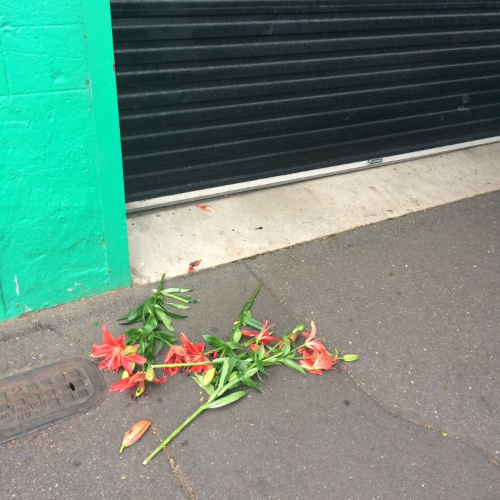
Problem Four: Australia versus the rest of the world
Looking at the global bicycle market, Australia is a mere drop in the ocean. We've seen this over the years with smaller boutique bike brands, where the US and Europe get the bulk of the stock and Australia gets the leftovers (only XXS or XXL, gee thanks). The current situation, however, has confirmed it: mass-market brands will put their best efforts into where they can get the biggest return. And it's not Australia. (yay #capitalism)
This means that we might be seeing some bikes this year that we ordered back in August 2020.
Maybe.
We're not holding our breath.
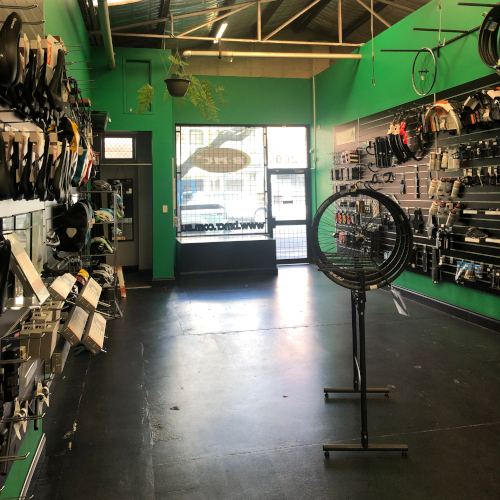
Problem Five: raw materials - NEW FOR 2022!
Yes, it's a new problem! Ha ha ha ha ha ahahaaa!
Adding to the factory closures, after-market issues, shipping/delivery problems, and the fact that Australia is just a small island somewhere on a map marked 'Here Be Dragons', the industry is now experiencing raw material shortages. As you have probably worked out, this problem has come from a huge upswing in demand combined with a massive drop in production and available labour, affecting everything from metals and plastics to wood and paper -- from frames and tiny derailleur bolts to what they're packaged in.
It's pretty hard to make bikes and bicycle components if you can't get the material required to do it.
When will bikes be back in stock?
We noticed an interesting change of customer attitude around mid-2021.
Here in Adelaide, we had been fairly well protected from the coronavirus numbers and lockdowns that affected our friends in the Eastern states. As a result, in 2021 a lot of Adelaideans figured COVID-19 was basically over, and were surprised to learn that the bicycle apocalypse was ongoing. ("Still?" was the most common response.) When we said that the shortages were going to potentially get worse, many people thought we were exaggerating.
And then Omicron hit South Australia, and those people realised that, yup, apocalyptic conditions are still continuing. And the bike industry is nowhere near recovered yet.
The good news is that some bikes are finally starting to trickle through. (We've actually got stock on the floor at the moment, which is awesome.)
The bad news is that groupset delays are ongoing, and blowing out further than ever.

OK, so how do I get the bike/components that I want?
You'll need to be patient, and you'll also need to place a pre-order.
When we tell you that a groupset will be available in eight months, for example, that means eight months from the time of placing that pre-order. If you don't order anything and wander in eight months from now, it's going to be another eight months (or more) before you can get your hands on something. Pre-orders will save you a lot of time and heartache.
If, however, the bike that you want is available now, buy it. In times gone by, if we sold out of something in a particular size, we could usually just order another. Now we can't. We can't place a special order for that bike. We don't know when that bike will be available again. Hell, even some of our importers don't know what's coming until they physically unpack the shipment, and often it's a short delivery (e.g. things are missing).
Times are unpredictable; take advantage of what's in stock right in front of you. As a shop who has seen people dither and then lose out on something they wanted, we cannot stress this enough.
Roll on, 2023
The situation may be outside our control, but you know what isn't? Taking care of the bikes we have now. We've got lots of pointers on how to look after your bike properly. It's also a great reminder to make sure you're getting a regular service, which is particularly important for suspension.
On the bike shortage front, if you're keen for more reading (it's not doom-scrolling if it's educational, right?), you might also be interested in this excellent view of the problem from an international perspective.
In the meantime, let us help you keep your cycle rolling, and we'll all keep dreaming of a COVID-free horizon.
Here - this'll cheer you up:
That's Jeff Vader, that is!

